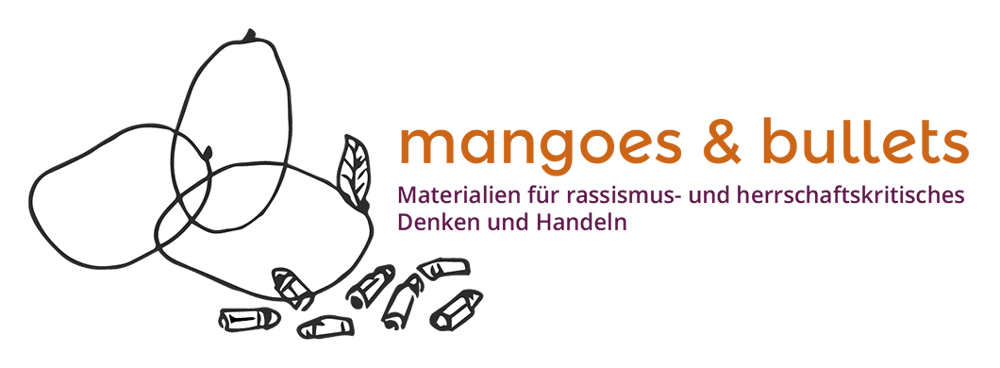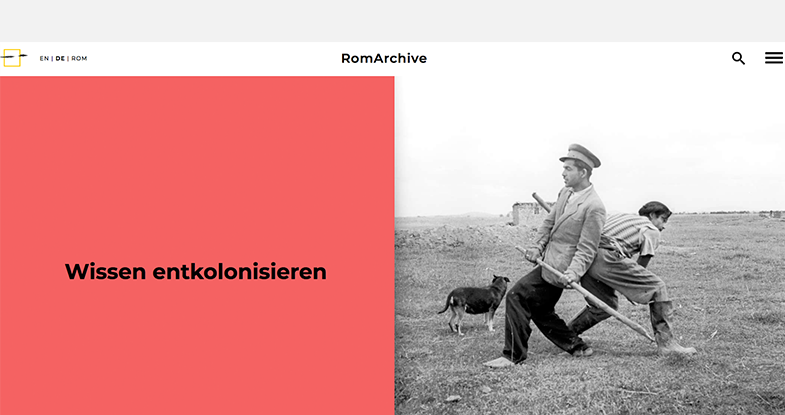The digital archive aims to make visible the arts and cultures of the Sinti and Roma in Europe – and thereby illustrate their “contribution to European cultural history”.
And furthermore, “counteract and subvert the secular structural racism that led to the antiziganist representation of Gypsy identities, arts, and cultures, as well as the hierarchy of non-Roma perspectives over Roma perspectives in the field of culture.”
The RomeArchive consists of ten curated sections:
“Image Politics”, ” Visual Arts“, ” Film “, ” Music“, ” Flamenco“, ” Dance“, ” Theater and Drama“,“Literature ” as well as “Civil Rights Movement of the Sinti and Roma” and “Voices of the Victims“.
In two curated tours, the archive can be “guided” – on the topics Rewriting the Protocols: Naming, Renaming, and Profiling and Places and Constellations of Genocide .
The more than 40-member project team, supplemented by an international advisory board, summarizes the key issues during the five-year project phase as follows:
How can self-representation succeed despite all the differences? How can counter-narratives be created to the constantly repeated attributions of others?
In addition to the directly published material, there is also an internal archive – “which contains additional material: further documents and additional visual material as well as ‘orphan works’ whose rights could not be clarified.” Access to this archive must be requested from the sponsoring organization.
All texts and entries of the archive are available in Romani, English and German.

